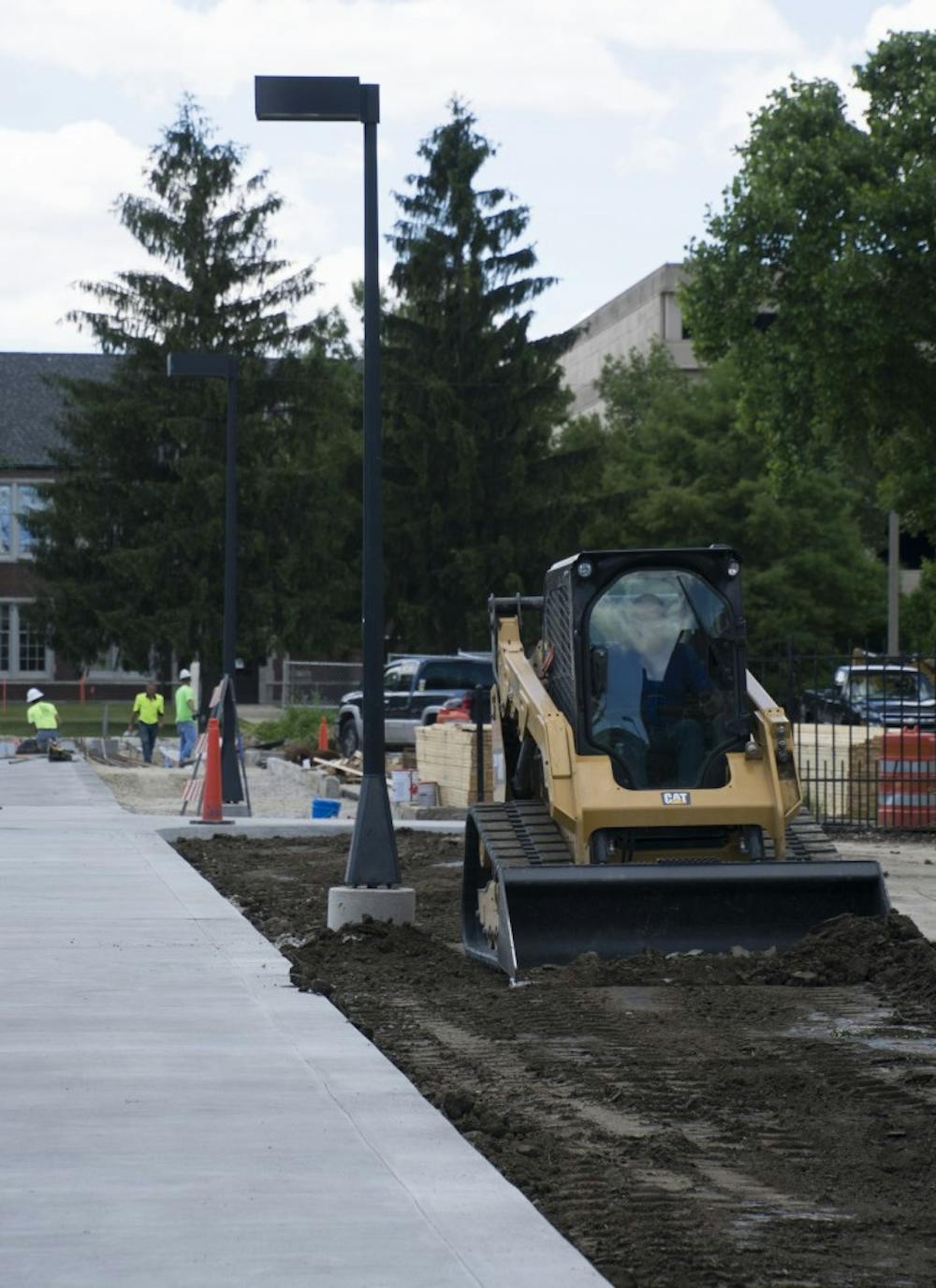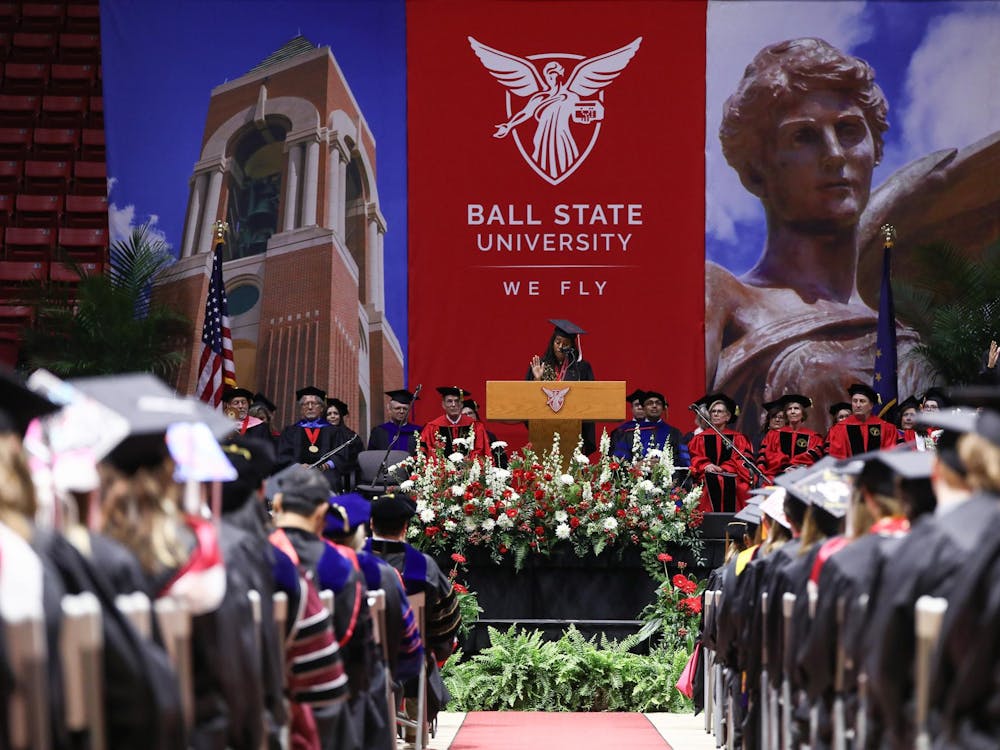Ball State will soon be home to the biggest geothermal system in the world. Jim Lowe, associate vice president of facilities planning and management, said no one else thus far has come forward to say that their system is bigger.
The project started in 2000, when the university was studying the condition of the existing coal fire burners. The coal system was built in the 1940s and 50s and soon needed to be replaced.
Indiana adopted new Environmental Protection Agency (EPA) regulations regarding emissions in 2004. With these in mind, the university chose to push forward with geothermal heading and cooling.
“We had to do something with our coal burning operations,” Lowe said. “Fast forward, we ultimately made the decision … [that] ended up being geothermal that would actually replace both our equipment that produces steam, which we use for heating, and our equipment that produces cold water, which we use for cooling. It does both at the same time with a piece of equipment that has been adapted to ground source technology.”
Ball State's system does not produce power. Water flows through a pipe that will go into the ground in a closed-loop system and as the water passes through the pipe, thermal energy will be moved to or out of the ground. Lowe said that it is similar to cold water becoming room temperature. Equilibrium is the goal.
The university broke ground on the project in 2009, and they're currently working around Dehority Complex and on University Avenue. Lowe said University costs and Ball State’s carbon footprint will both be reduced through this project.
“The reason it’s taken the length of time that it has is because it’s such a huge system. The first 2-3 years, we were drilling boreholes, which is the geothermal portion of it, and then we’ve been installing piping throughout campus and that piping is extended into buildings,” Lowe said. “Buildings have been sequentially connected as we’ve extended piping throughout campus.”
Through July 11, there will only be partial access to University Avenue due to the construction. Lowe said he hopes the project will be completed in Spring 2017.
Johnson & Johnson recently visited campus because they are thinking about also having a geothermal system in their 500,000 square feet facility in Cincinnati, OH.
“It has been a wonderful way to actually meet different universities and different businesses that have said 'You know what, you’ve taken the mystique out of this. It works, and we want to know how you made it work,'" Lowe said. "That’s exciting. Ball State should be proud, [students] should be proud of our university. We’ve done wonderful things.”





